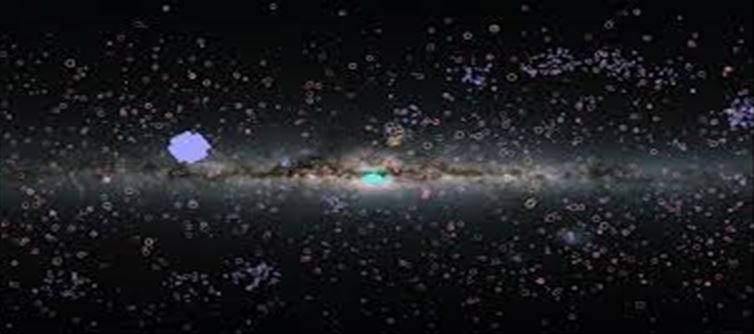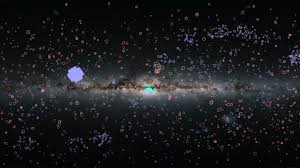
The Sphere of Exoplanets, planets orbiting stars outside our solar system, has launched an extraordinary scientific effort to explore the cosmos and search for potential habitats for aliens life. With the advent of sophisticated telescopes and sensing methods, astronomers have discovered a rich variety of exoplanets with properties ranging from gas giants to potentially habitable rocky worlds.

This panoramic web of possibilities has prompted a reassessment of our understanding of planet formation and the distribution of living environments. Scientists meticulously analyse how light is filtered from exoplanets' atmospheres, revealing chemical makeup and potential indicators of life like water vapor, methane and oxygen. The concept of the "habitable zone" has become a focus. This has led to the discovery of exoplanets that may contain environments that can harbor microbes and even complex life forms.
The search for exoplanets goes hand in hand with the search for aliens life. Scientists have developed innovative techniques to detect biosignatures - signs of life that can be imprinted in or in an exoplanet's atmosphere. While this area offers many exciting opportunities, it also poses major challenges. Interpreting data from distant exoplanets requires ingenuity, as atmospheric conditions and the complex interplay of factors can lead to confusing results. Additionally, the inherently speculative nature of this endeavour allows for insights into what constitutes life and the various forms it can take beyond Earth.
Essentially, the fascination with exoplanets and Alien life underscores the innate human curiosity and desire to uncover the mysteries of the universe. As technology advances and our understanding deepens, the search for exoplanets moves beyond the realm of astronomy and engages with philosophical questions about our place in the cosmos and the possible connections of life within with the vastness of space.




 click and follow Indiaherald WhatsApp channel
click and follow Indiaherald WhatsApp channel